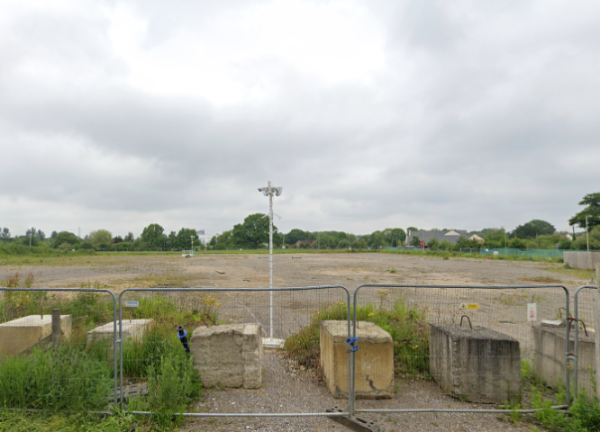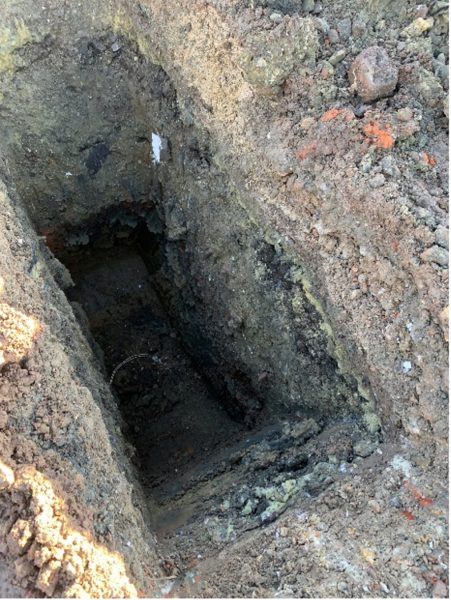Forensic investigation obviates gas measures
19th June 2024
Geoenvironmental • Geotechnical
Our Client

Preliminary-Assessment
Our Challenge
 Two main contamination concerns were present and associated with the presence of old coal tar-based bitumen/asphalt (identified by the simple use of a PAK marker spray during an early site walkover) and the site’s location on top of an inert landfill. Landfilling was completed to a relatively flat profile, resulting in the placement of estimated 400,000 to 450,000 m3 of waste. The waste was classified as inert, although some rubble was included. The site did not have an engineered liner system, or a low permeability clay or synthetic cap.
Two main contamination concerns were present and associated with the presence of old coal tar-based bitumen/asphalt (identified by the simple use of a PAK marker spray during an early site walkover) and the site’s location on top of an inert landfill. Landfilling was completed to a relatively flat profile, resulting in the placement of estimated 400,000 to 450,000 m3 of waste. The waste was classified as inert, although some rubble was included. The site did not have an engineered liner system, or a low permeability clay or synthetic cap.
The Ground & Water Approach
 On reviewing initial findings, we felt that the ground model needed further detail. The first phase of works was to install further wells and understand the nature and distribution of the elevated gas readings. The next phase was to thoroughly understand the nature of the landfill materials onsite. Additional trial pitting, that looked forensically at the Made Ground encountered and its organic carbon content, was undertaken. Groundwater sampling was also undertaken to determine dissolved gas and VOC concentrations.
On reviewing initial findings, we felt that the ground model needed further detail. The first phase of works was to install further wells and understand the nature and distribution of the elevated gas readings. The next phase was to thoroughly understand the nature of the landfill materials onsite. Additional trial pitting, that looked forensically at the Made Ground encountered and its organic carbon content, was undertaken. Groundwater sampling was also undertaken to determine dissolved gas and VOC concentrations.
This enabled the ground model for the gas levels to be enhanced, giving us a greater understanding of the reasons for the levels and the migration risks. This multiple line of evidence approach allowed Ground & Water to classify the site as Characteristic Situation 1, where no ground-gas protection measures are required.
All this was undertaken over a short period of time, due to the requirements for us to conclude the works prior to the client placing an order for gas protection membrane, had it been required.
In addition, the use of PAK Marker sprays and PAH Double Plot Analysis allowed Ground & Water to provide the client with information on the waste classification and contamination risk associated with the coal tar-based bitumen present onsite.
The Outcome
The willingness of our client to go with our recommendations and invest in a comprehensive and forensic investigation that enabled Ground & Water to add the cost saving detail to the ground model demonstrates yet again why investing in a high quality site investigation pays significant dividends in the longer term.